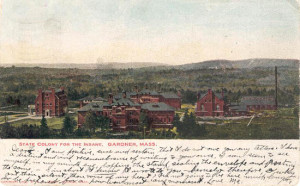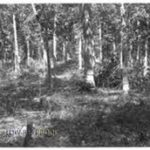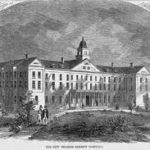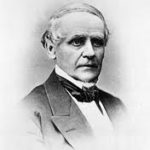Insane asylums used patient labor for both occupational therapy and cost-containment (see last post). However, that labor didn’t always start after the facility had been completed and simply needed to be maintained. Asylum administrators often brought in patients after only a limited space was ready for occupancy, and then used them to help build the rest of the asylum.
In October of 1902, Governor Crane of Massachusetts declared its newest asylum, the Gardner State Colony, ready to receive patients and admitted five men from the Taunton Insane Hospital. Five more men were transferred from Westborough two months later, and over the winter these male patients worked in the woods to cut down 46,000 feet of lumber. That summer, they worked on the farm and excavated for the asylum’s water supply; in 1904 the institution received 111 patients.
A case can surely be made that patients enjoyed certain types of occupational therapy such as fancy needle-work or light gardening, but tasks such as building roads, chopping down trees, clearing fields, working in hot laundry rooms, etc. were not for their benefit. Though some administrators (and the public) may have seen the practice as simply expecting able-bodied men and women to work for their room and board, there is really no way to know what kind of coercive measures were used to get some of the more difficult and undesirable tasks completed.

Photo of Patients Collecting Maple Syrup from Trees on the Grounds of the London Asylum for the Insane








Thanks for commenting. When many of the old asylums were first constructed, state officials really made an effort to locate them in beautiful places. The thinking at the time was that surrounding were very important to patients’ recovery. I wish that the areas could be preserved and some sort of educational structure put in place. Many people either don’t know anything at all about insane asylums, or find them absolutely fascinating. Either way, the information would serve the public well, I think.
Best regards,
Carla
Friends and I have been hiking the trails on the Gardner insane colony property this fall. It’s an amazing piece of land with a lot of the old infrastructure still there. Remnants of roads, trails, a pumped water system, expansive agricultural plots and buildings are evident on this beautiful and expansive property.